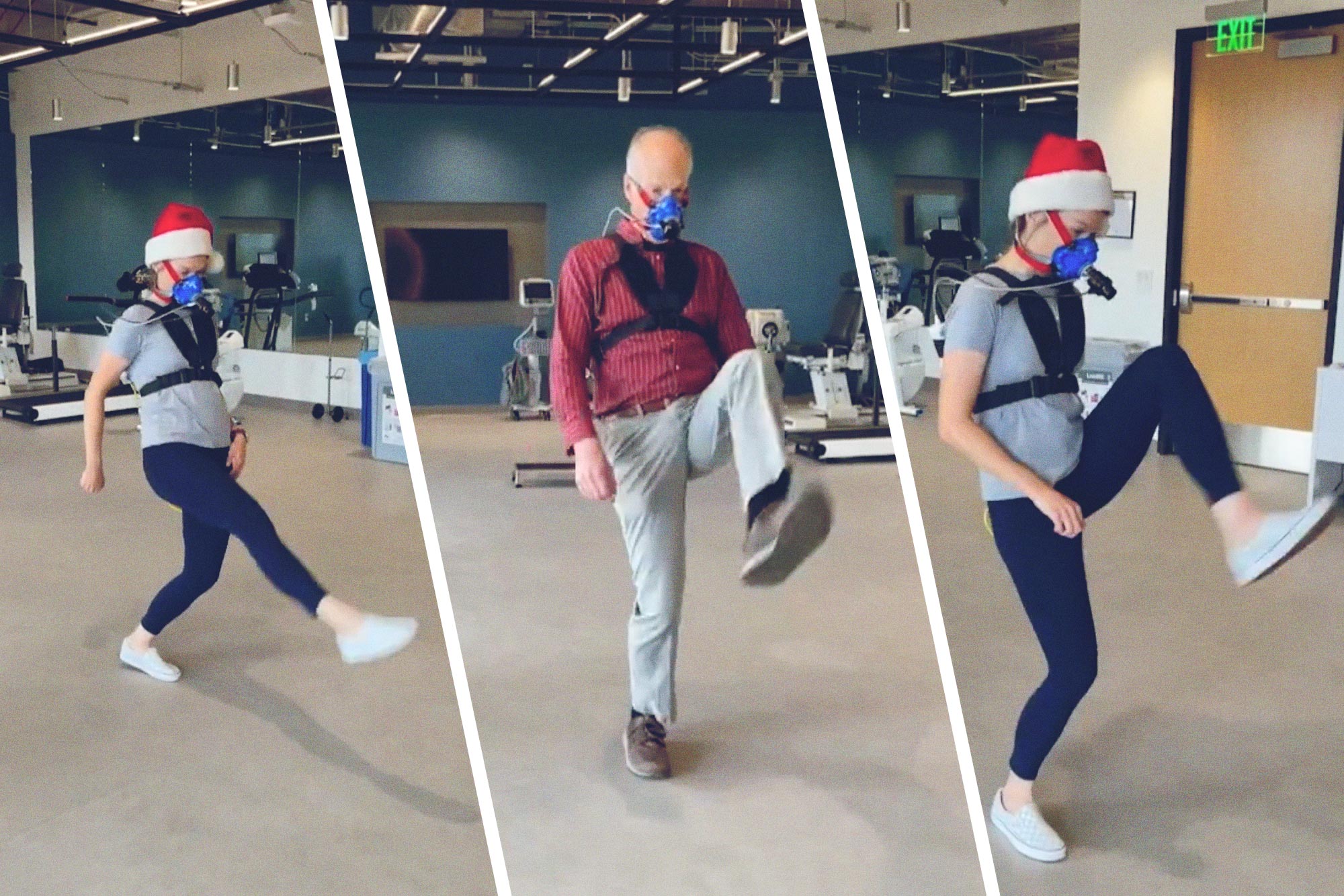It is the time of year when many of us turn our attention to a healthier lifestyle, eating a few more fruits and vegetables and maybe picking up a new exercise routine. When it comes to making those decisions stick, finding a diet and exercise routine that is especially enjoyable can make all the difference.
Even better? Discovering that a silly walk can give your health a boost.
Combining the science of exercise physiology with a healthy dose of fun, Siddhartha Angadi, an assistant professor of kinesiology at the University of Virginia School of Education and Human Development, and colleagues decided to measure the health benefits of the silly walks made famous in a 1971 sketch by Britain’s Monty Python comedy troupe.
According to the study, participants who imitated the lurching, high-kicking, comedic silly walk – made famous by the “Ministry of Silly Walks” sketch featuring a character named “Mr. Teabag,” portrayed by John Cleese – more than doubled the energy expenditure of those taking a more typical stroll. The new research published in the Christmas issue of The BMJ, a British medical journal, shows that Mr. Teabag’s silly walk rises to the level of vigorous intensity exercise.











